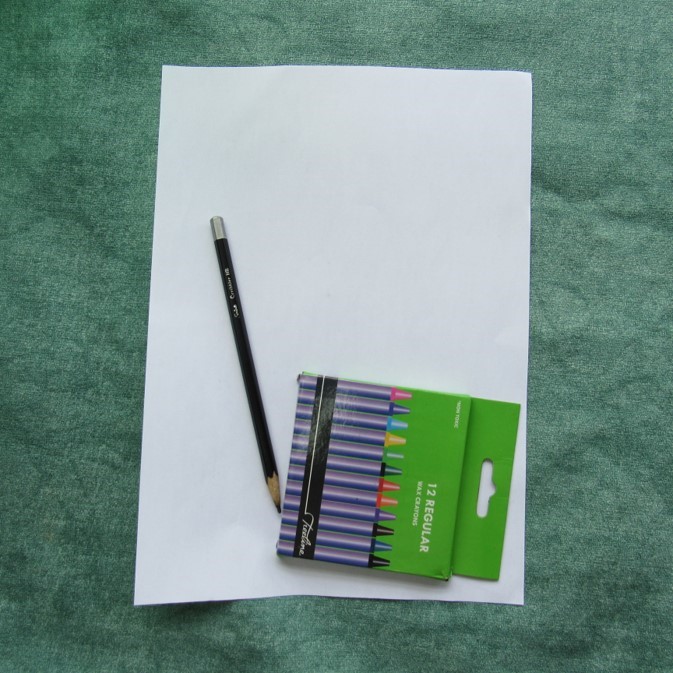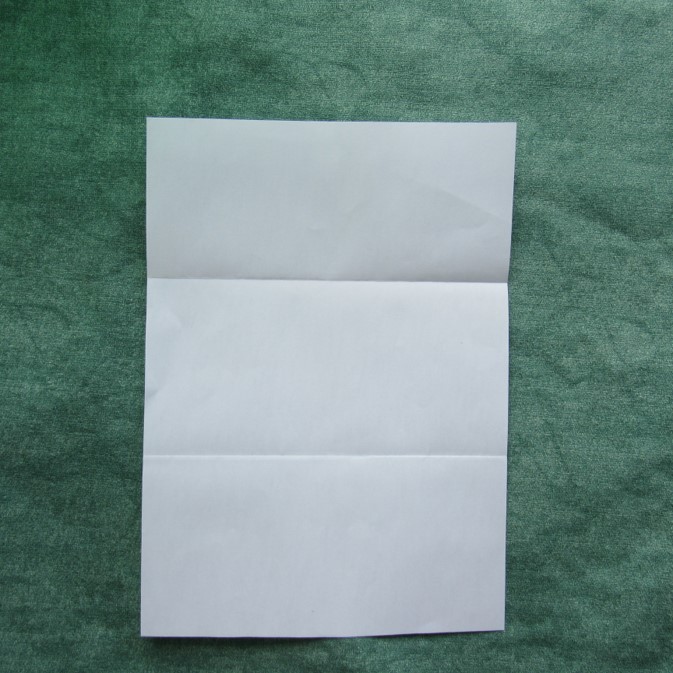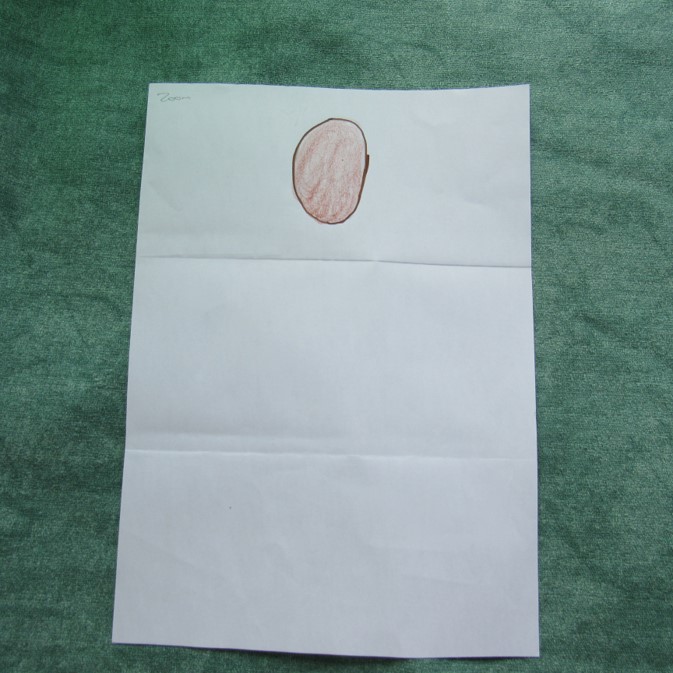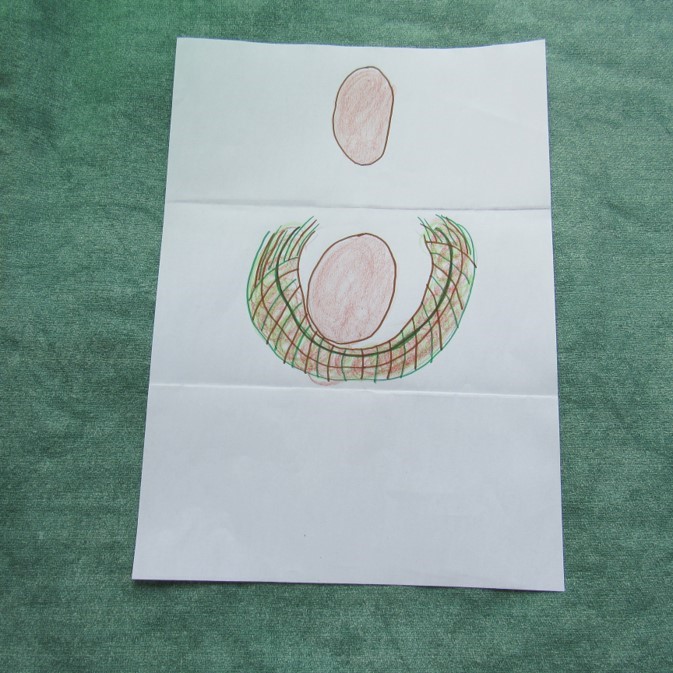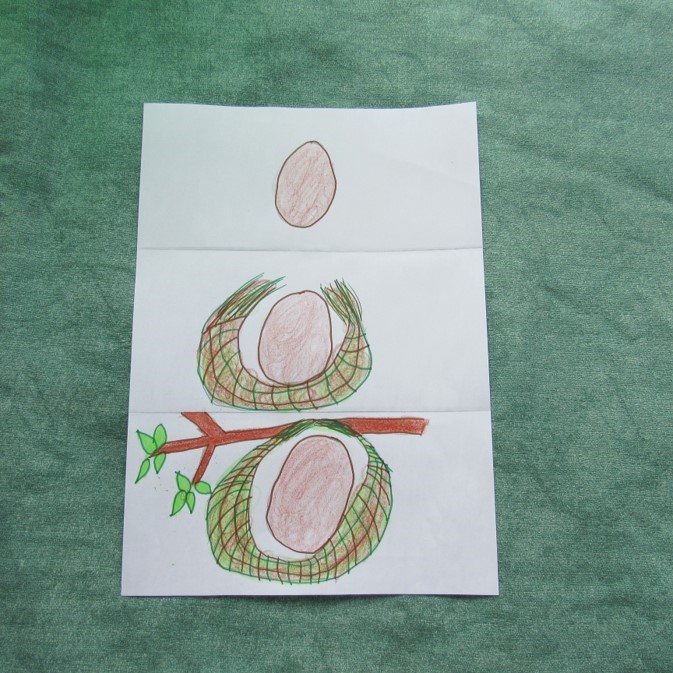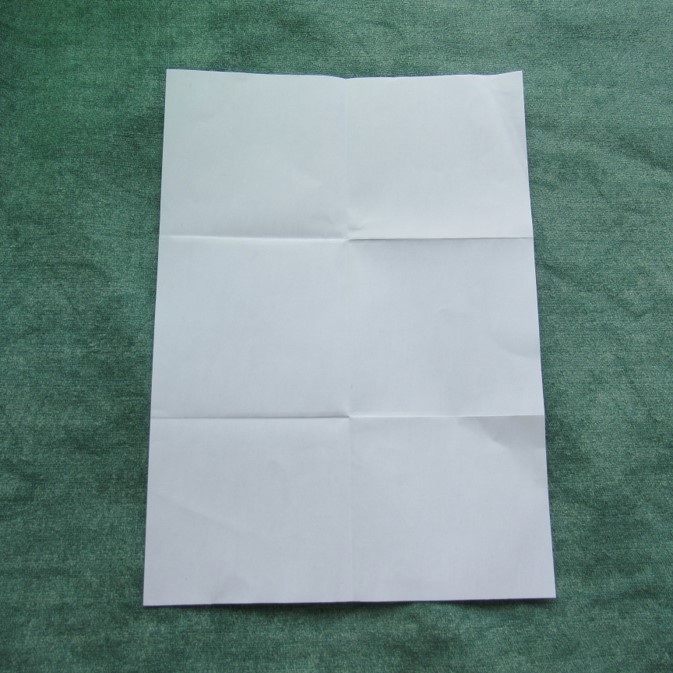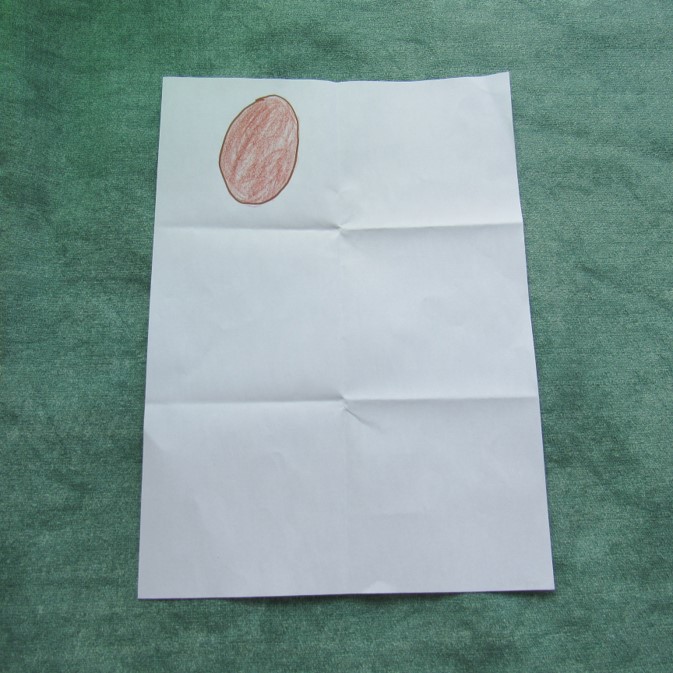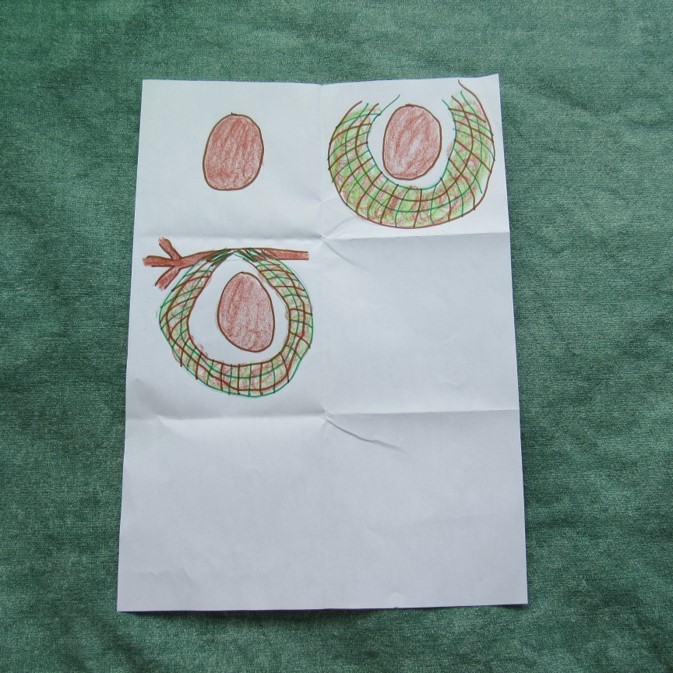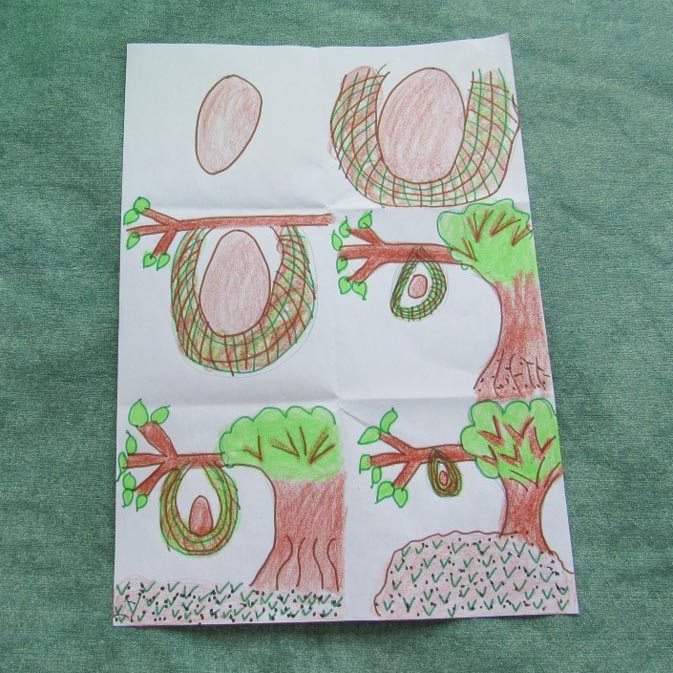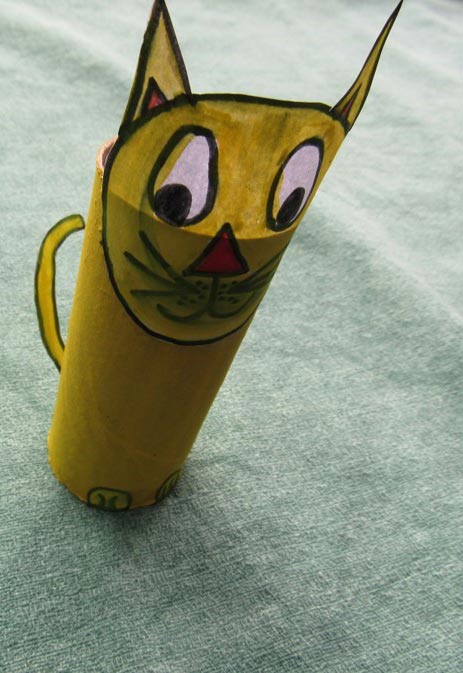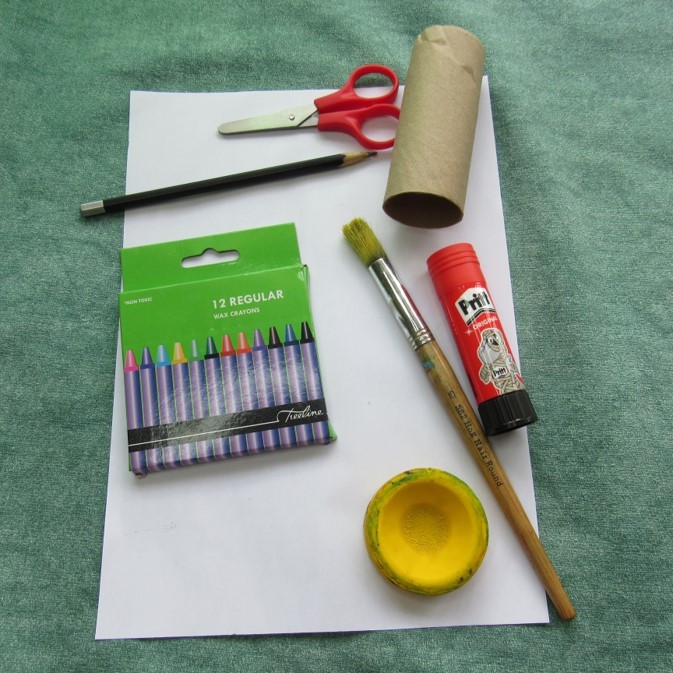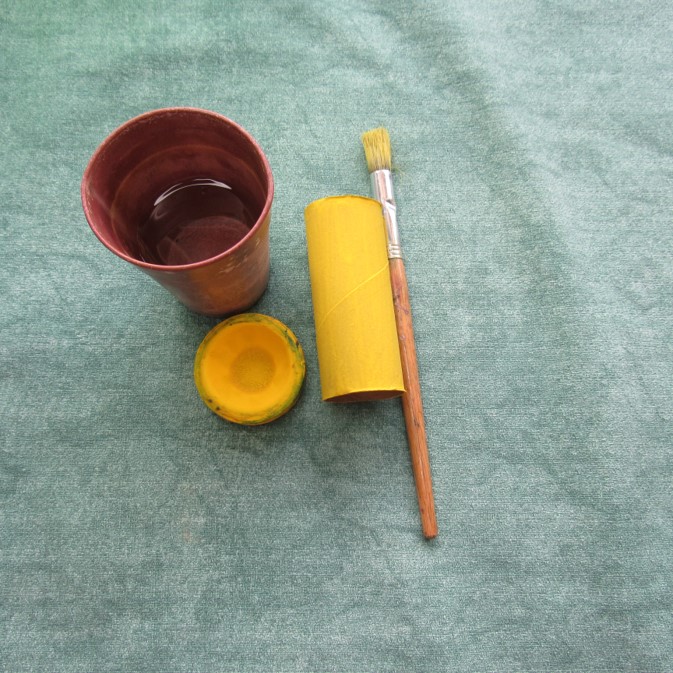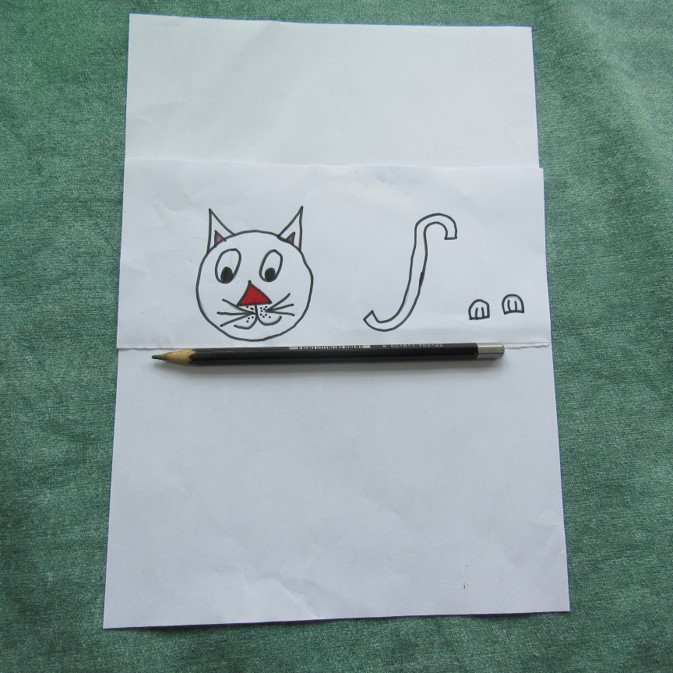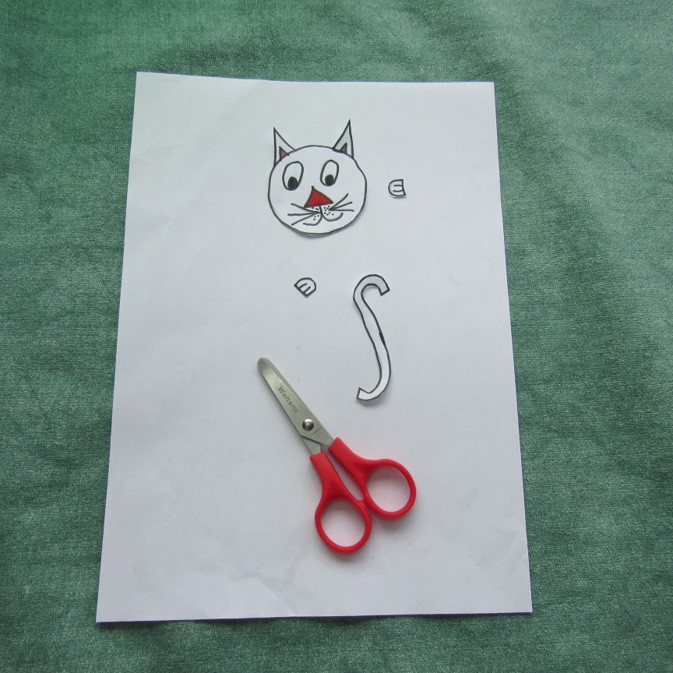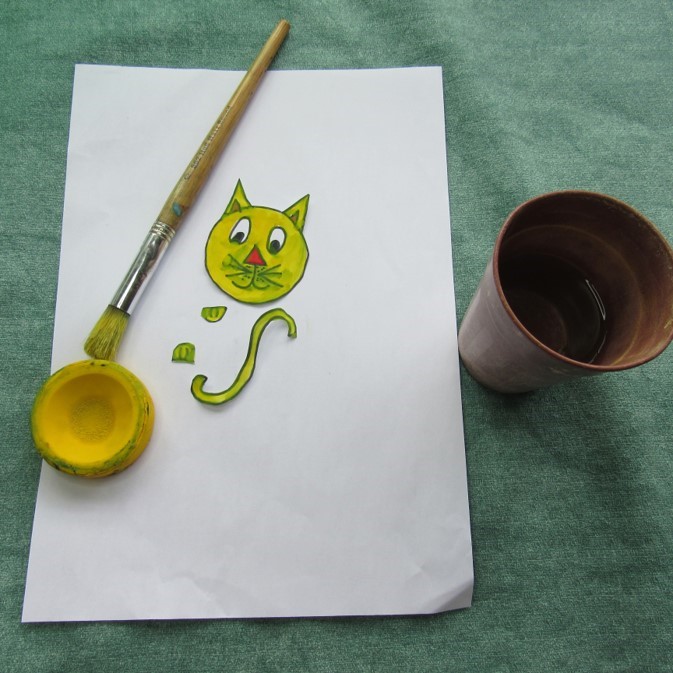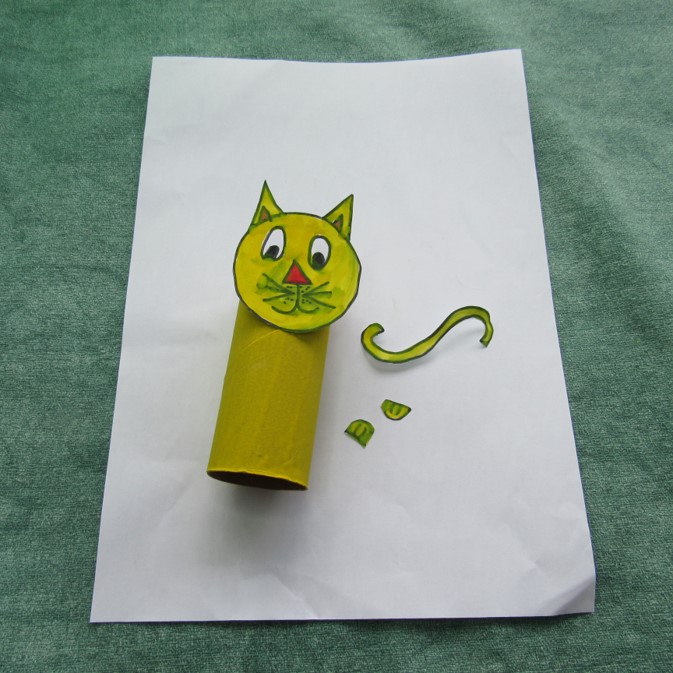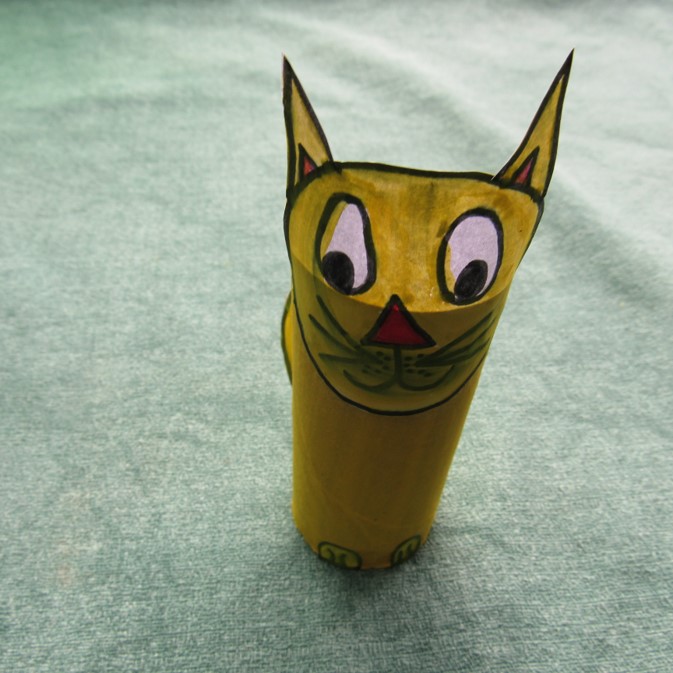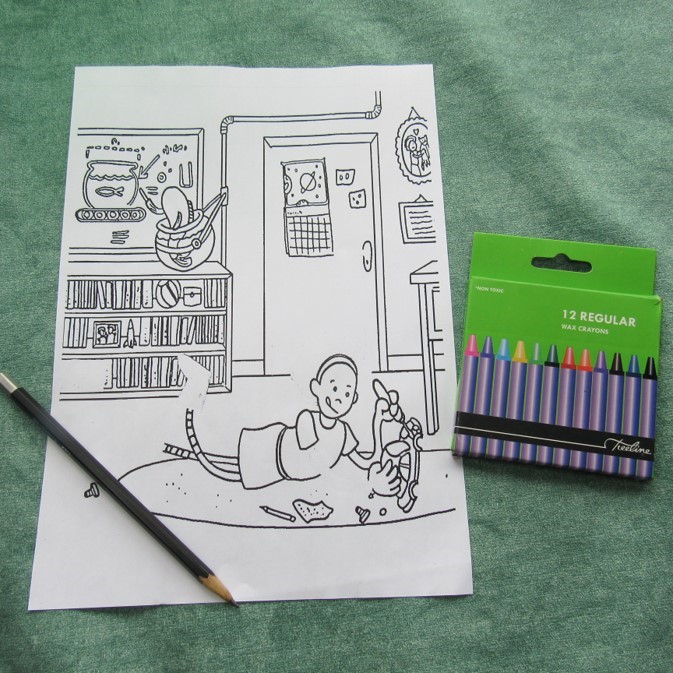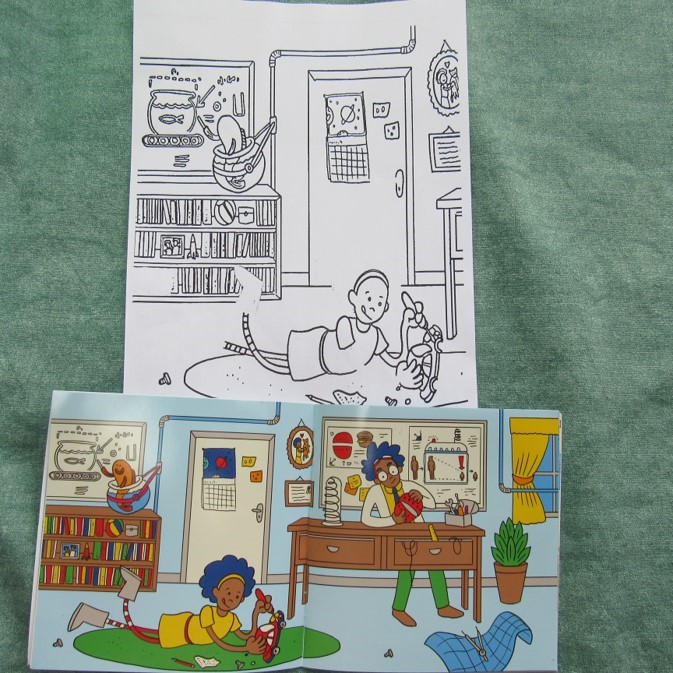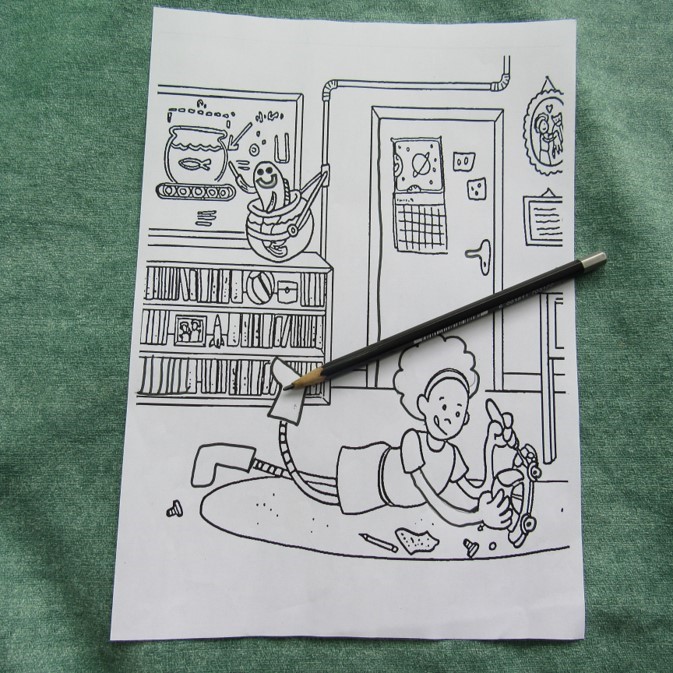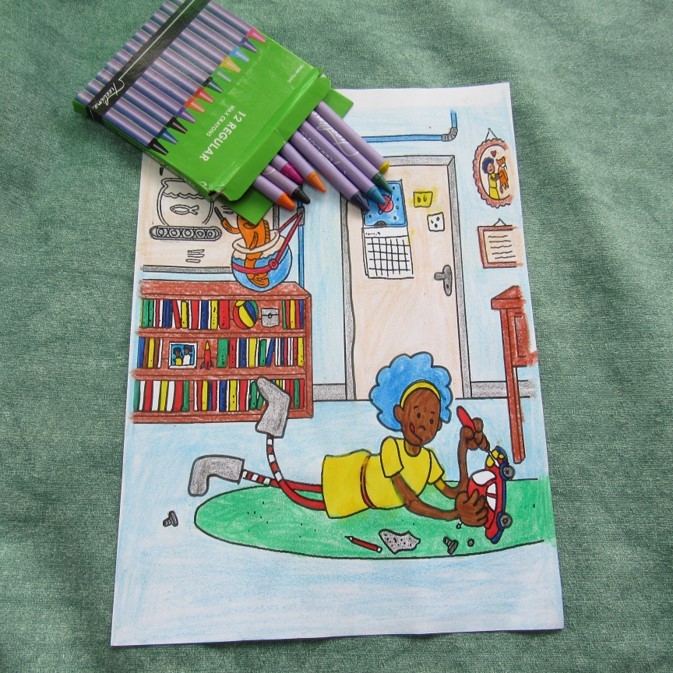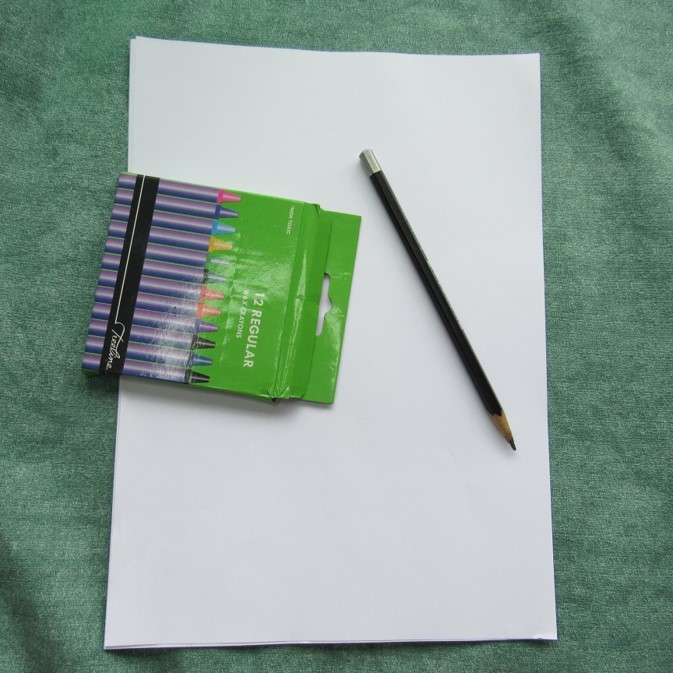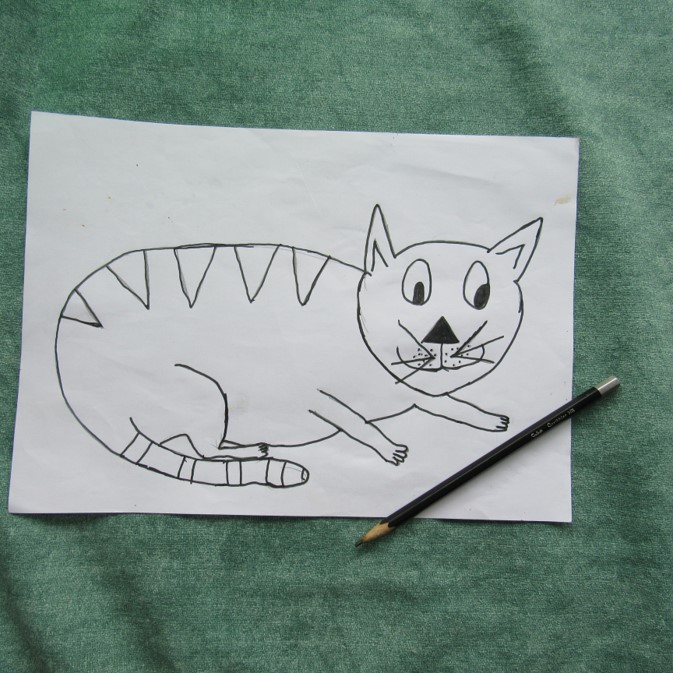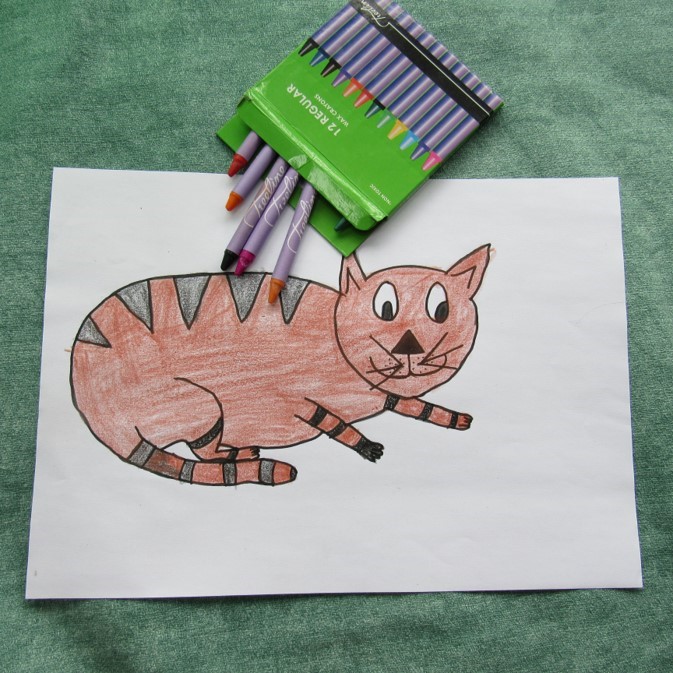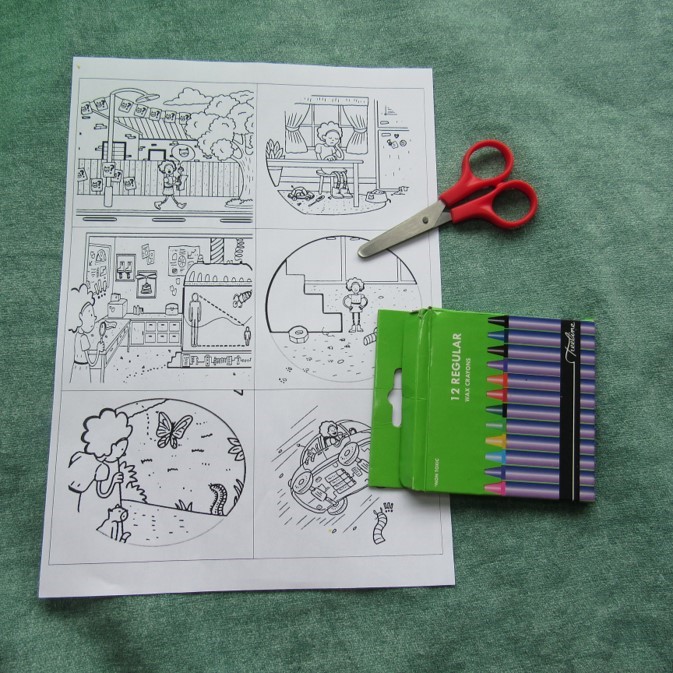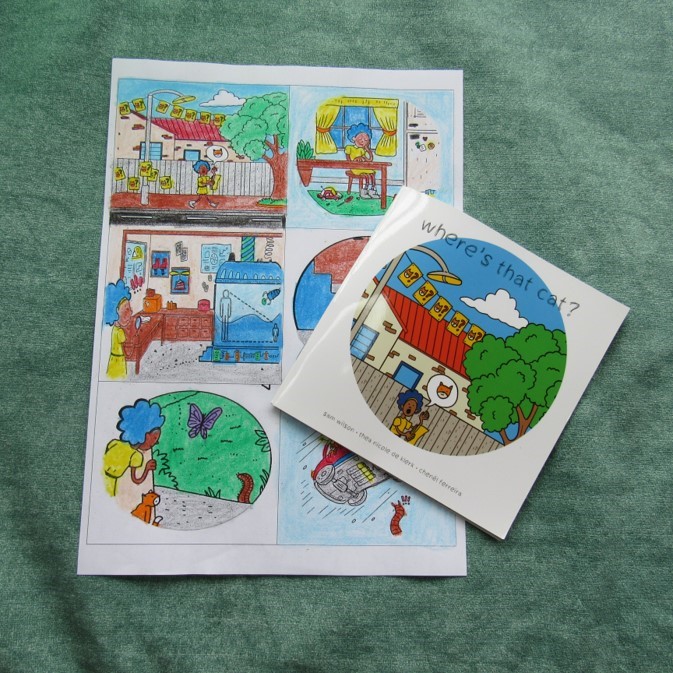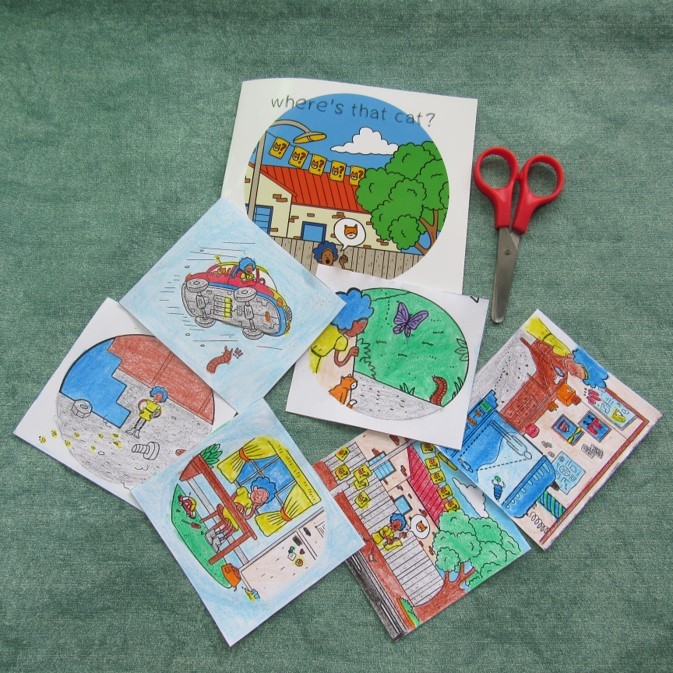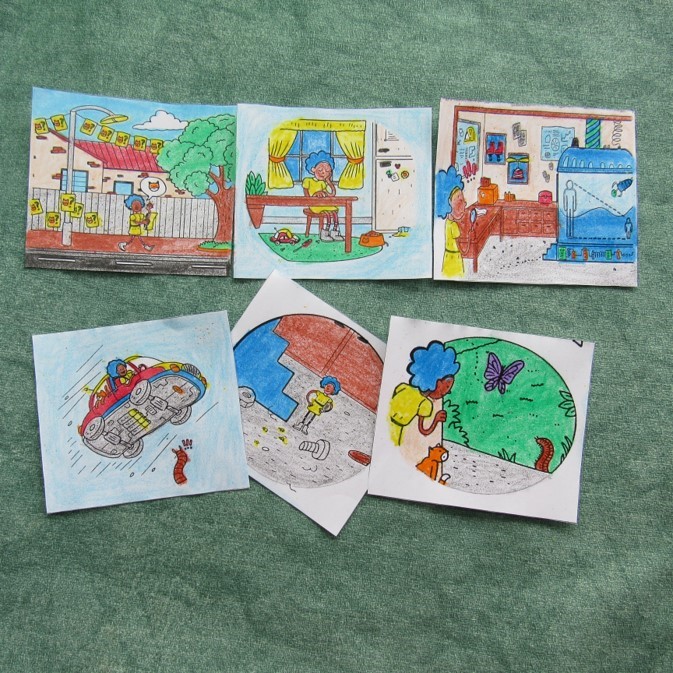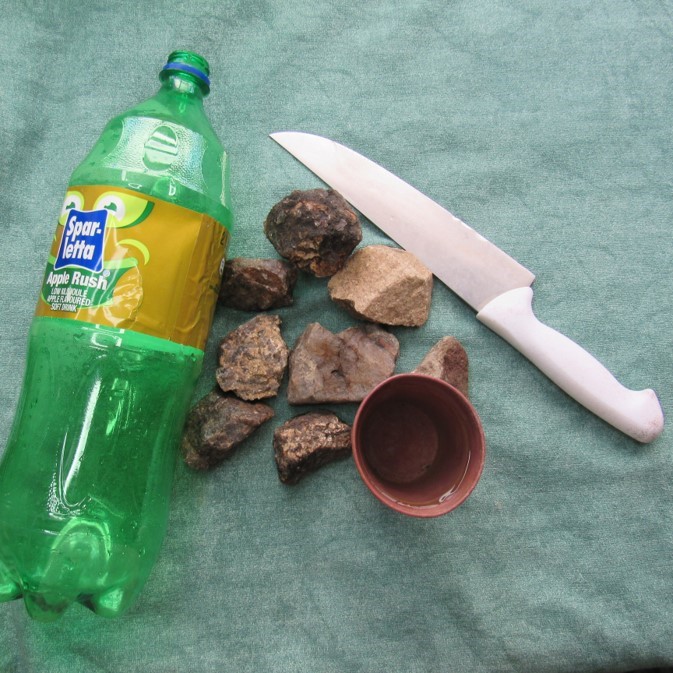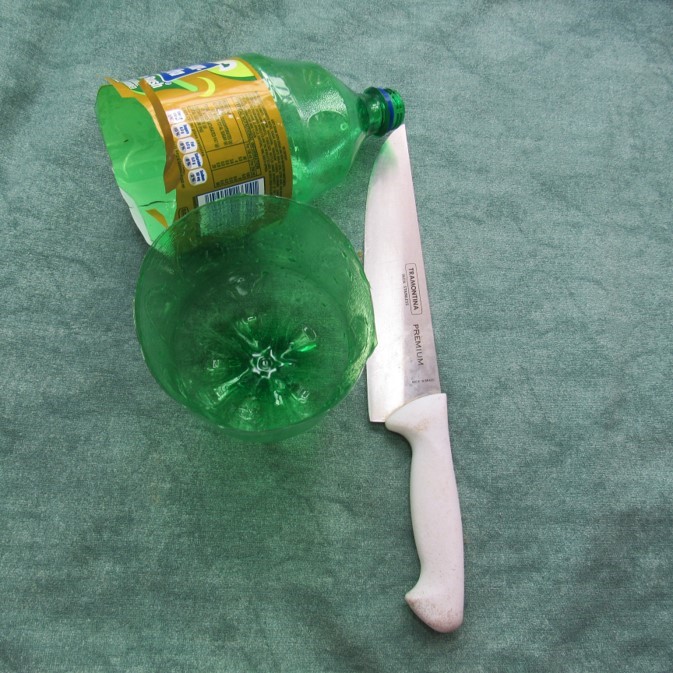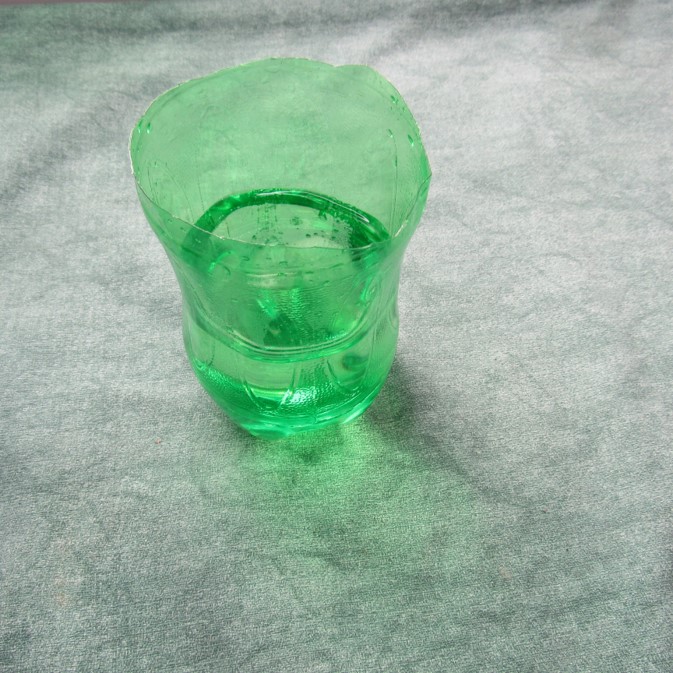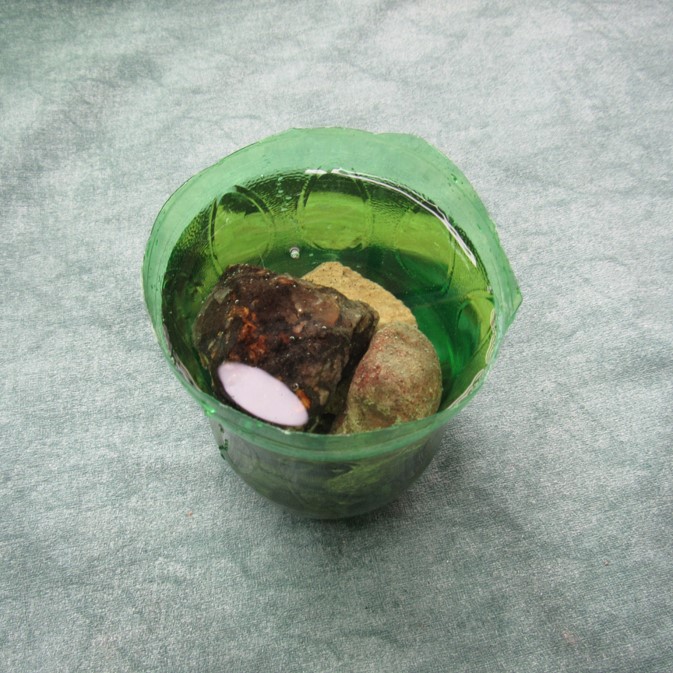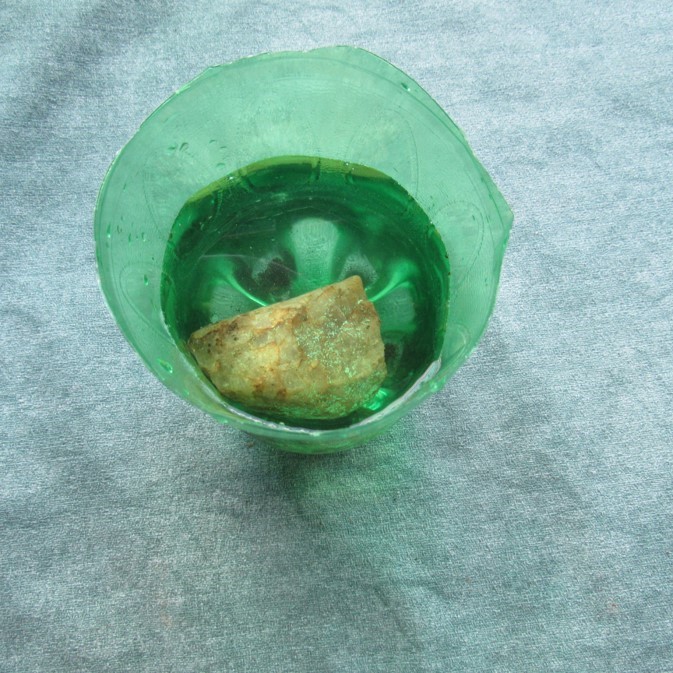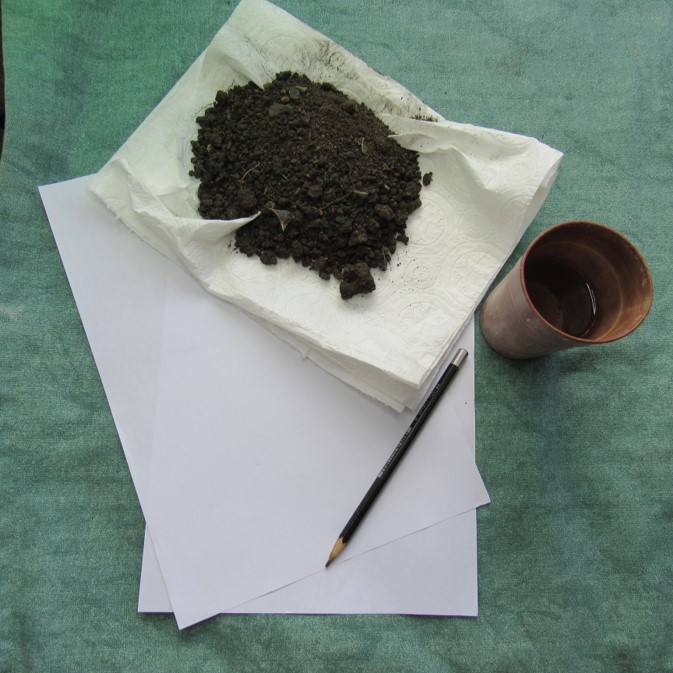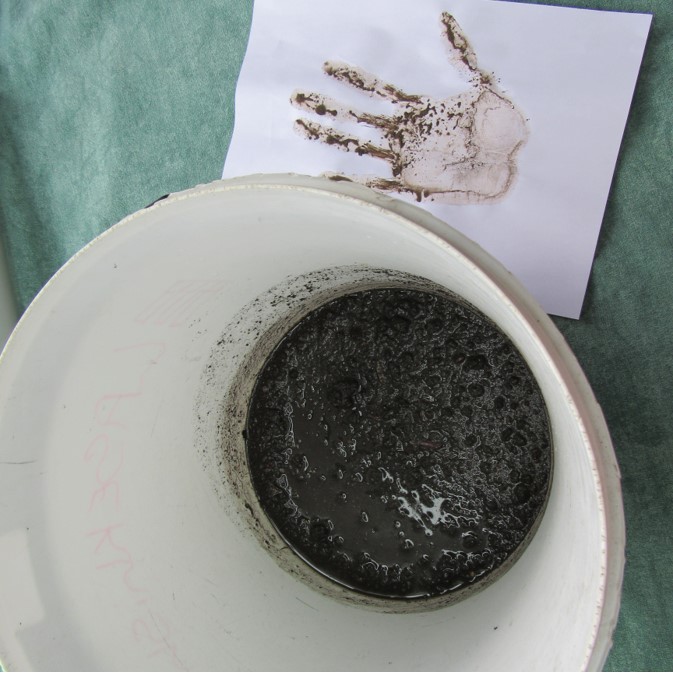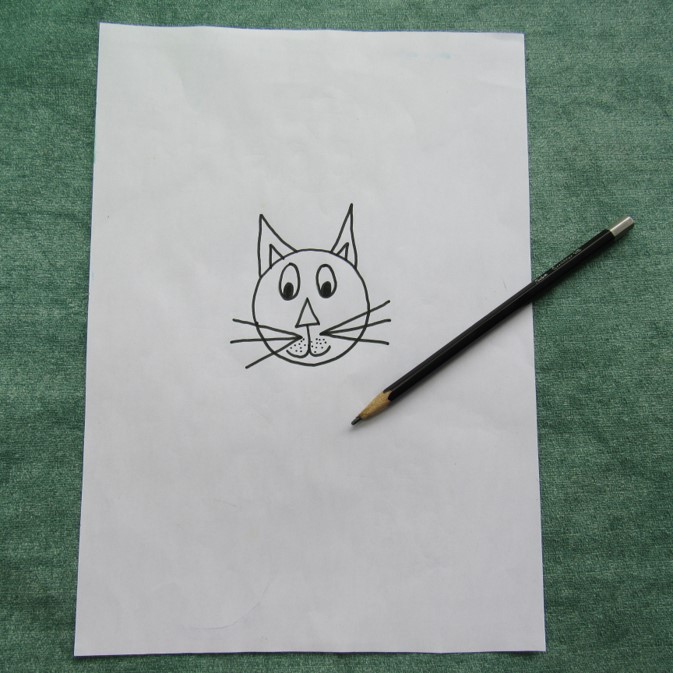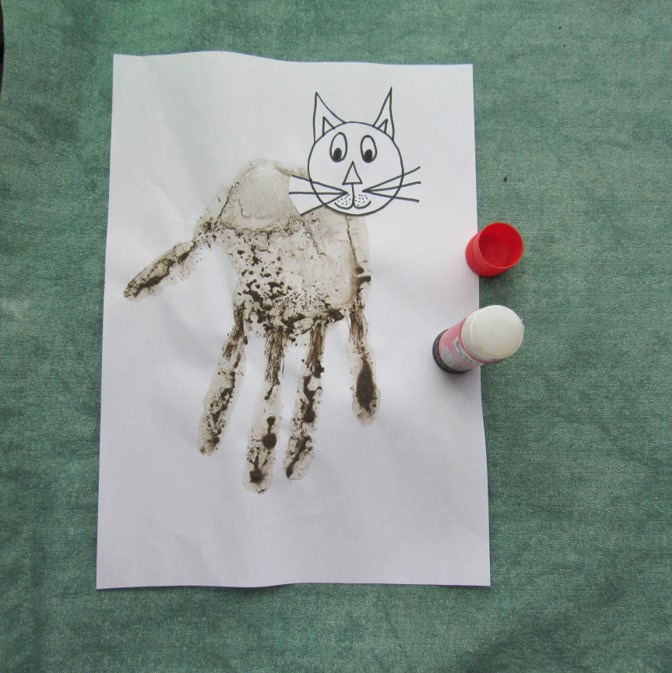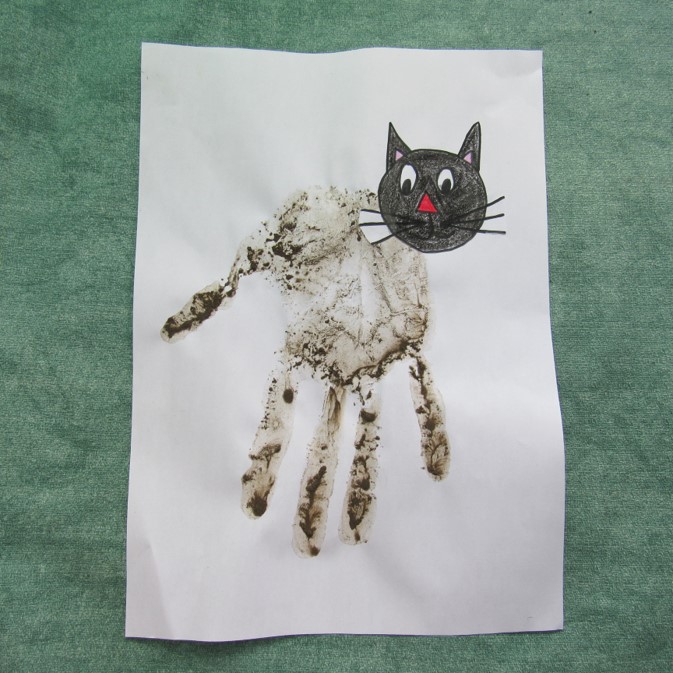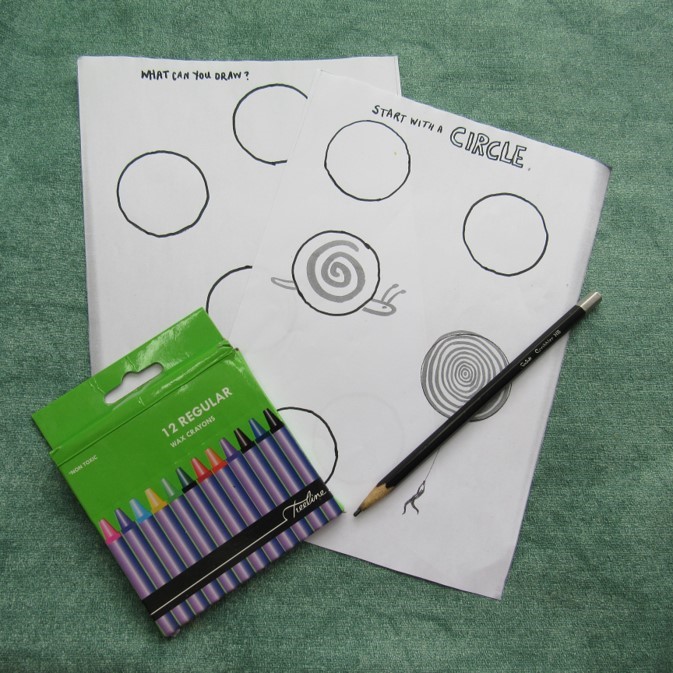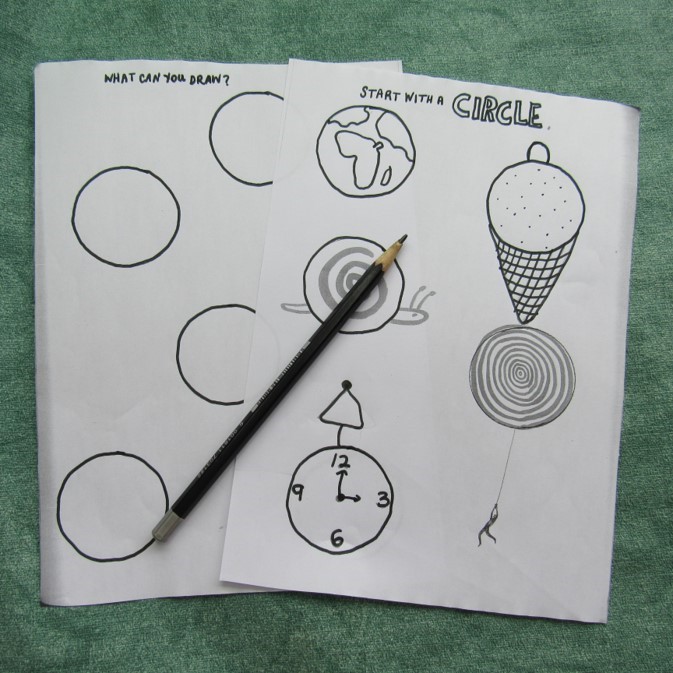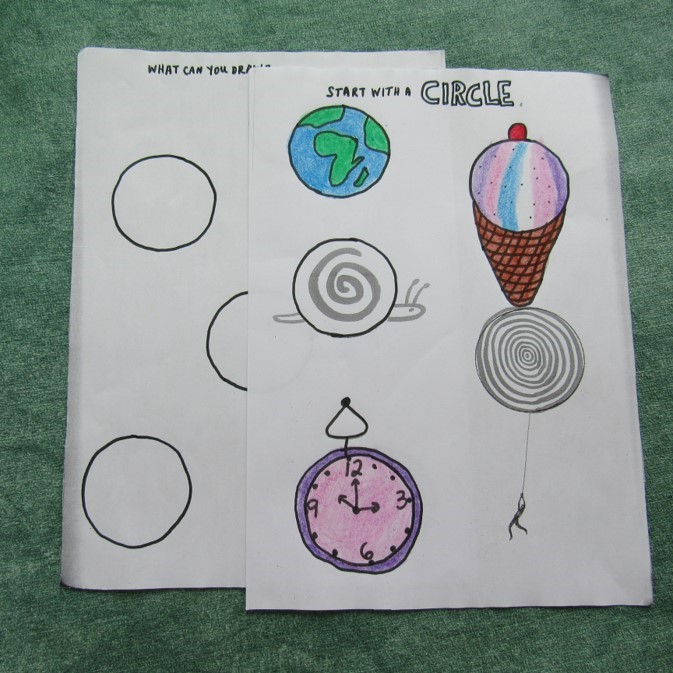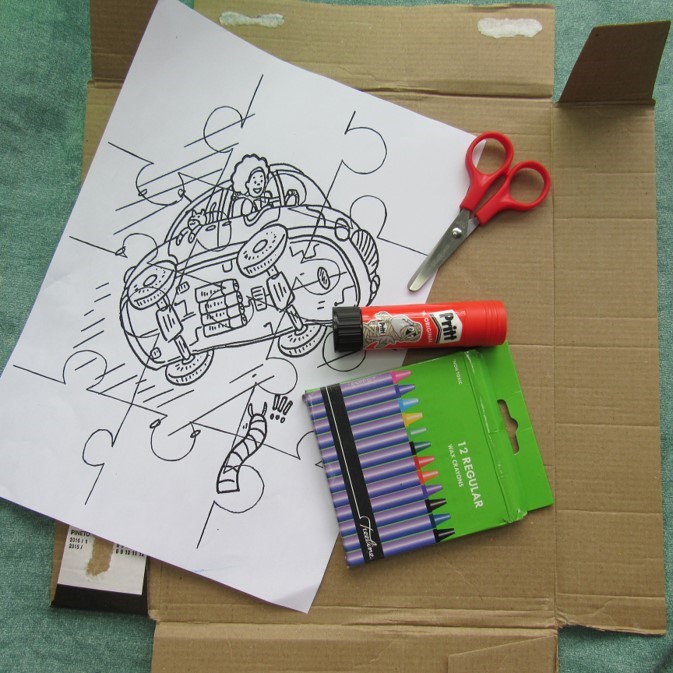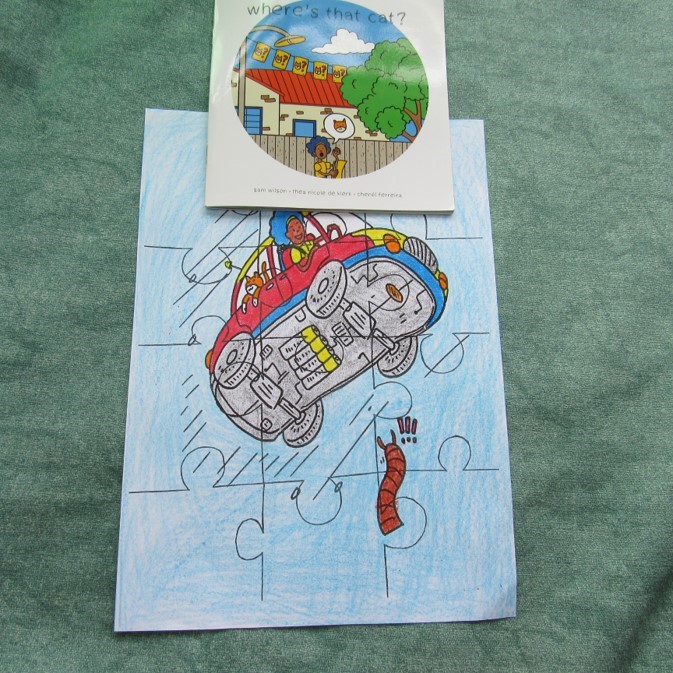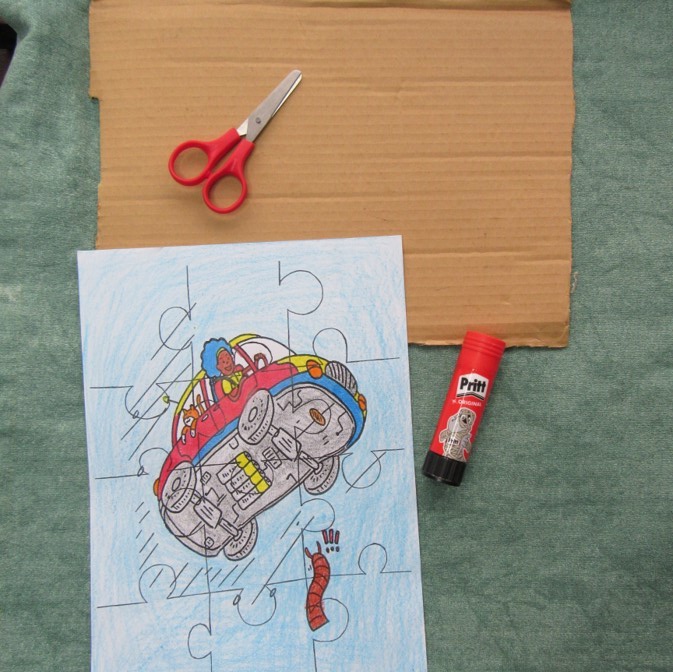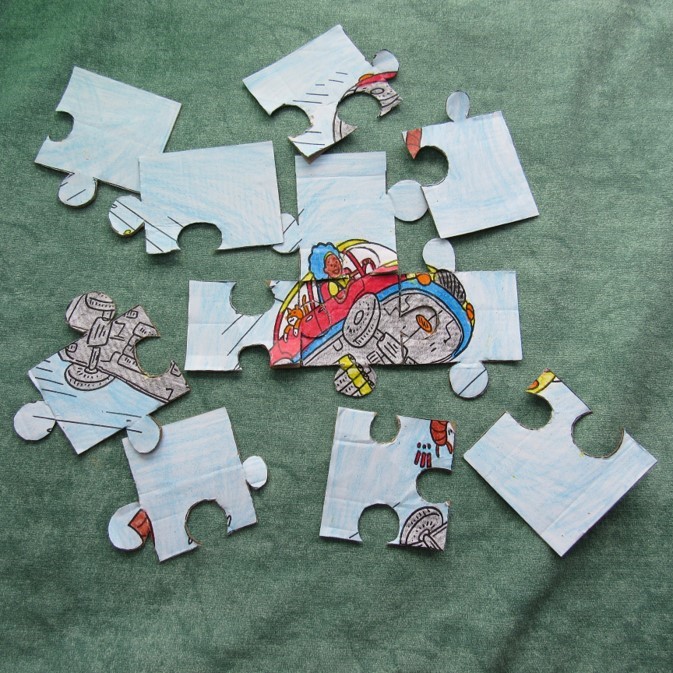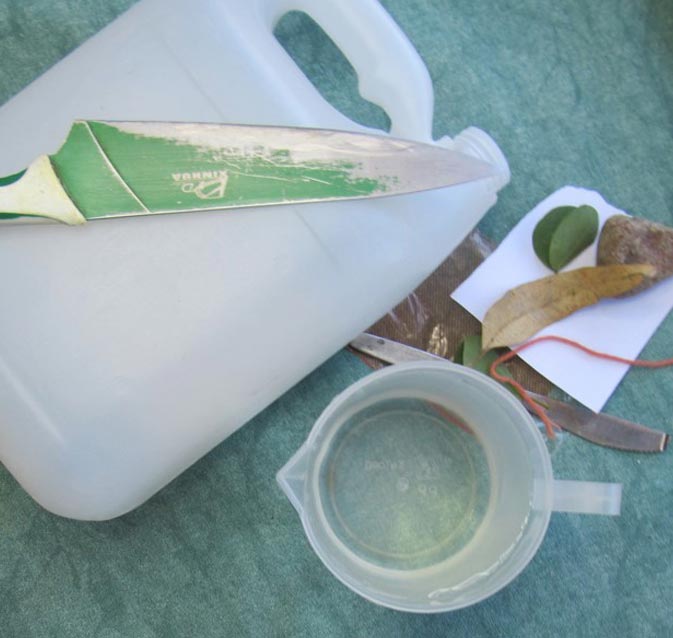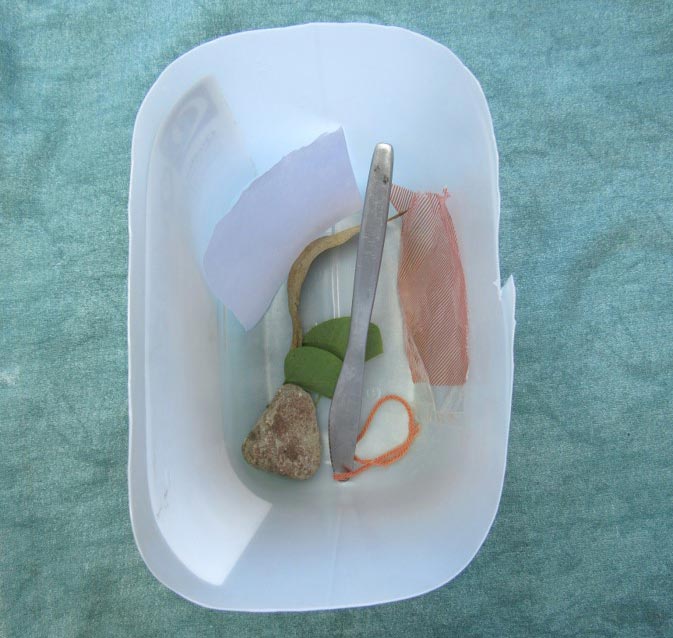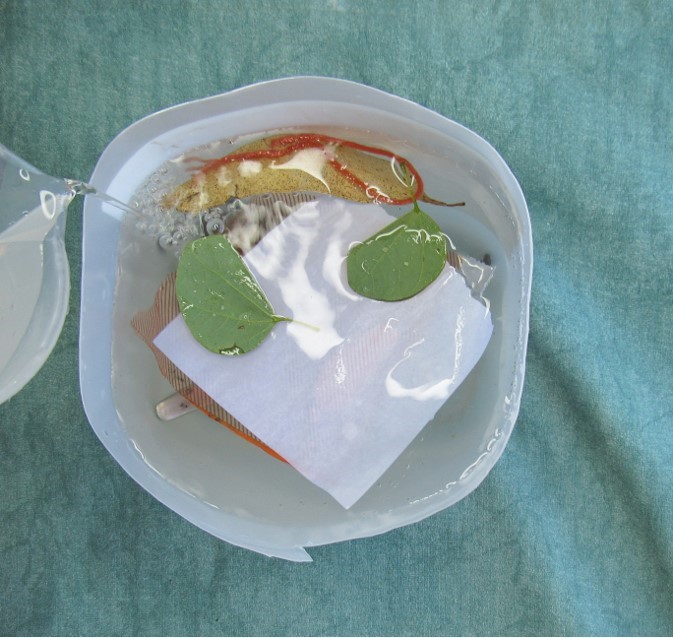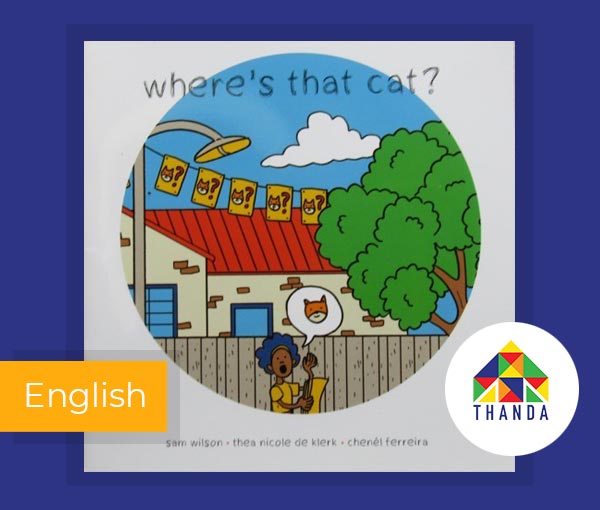
Empathy & Perspective
Age 3 - 8 Years
Where's that Cat?
by Sam Wilson (Writer), Chenél Ferreira (Designer), Louis Greenberg (Editor) & Nicole De Klerk (Illustrator)
Neo and her dad are inventors. They can solve ALMOST any problem… But they can’t find Neo’s cat! Neo looks everywhere but the cat has vanished. Maybe it has something to do with her dad’s latest invention? Join Neo as she sets out to bring her treasured companion back home.

Empathy

Perspective
Age 3 – 8 Years
Let's get Creative
Explore 10 Fun Activities to do at Home
Step 1
For this activity you will need a pencil, eraser, crayons, a copy of the What’s Missing? Worksheet
Step 1
For this activity you will need crayons, a downloaded copy of the sequencing sheet and a pair of scissors.
In this experiment kids will learn that rocks displace water by taking up space and forcing the water out. Because the rocks are denser than the water they sink and push the water up.
Step 5
Once kids have put in enough rocks to get the water almost to the top of the container (or if you have easy access to water at your house you can let kids fill the container until it is slightly overflowing), pause for a moment and talk about how as the rocks take up the space where the water was, the water is forced out (displaced). Ask the kids if they think that bigger or smaller rocks will displace the water faster?
Step 1
For this activity you will need a copy of the circle page worksheet, crayons or colored pencils, a pencil and an eraser.
Step 1
For this activity you will need a copy of the puzzle sheet, crayons, piece of cardboard and glue.
Step 3
Slowly add water to the container and let the kids make observations about what’s happening.
If the objects float on the water, they will be pushed up as they are forced out of their place by the water (because the water is denser than your floating object it displaces the object the way that the rocks displaced it).
Discuss the story together:
- Why does Neo go and look for her cat? What can this teach us about friendship and responsibility?
- What does Neo do to find her cat?
- Where does Neo eventually find her cat?
- Why does Neo shrink herself?
- When Neo is small, the garden is a much scarier place. Why?
- If you went through a shrinking machine and went into your garden, what scary things do you think you would see?
- Why is Neo’s Dad surprised when he sees the big car at the end of the story?
- What are the dangers involved in having a shrinking machine around your house?
- Name the different colours in the book and associate them with different natural objects.
- Explain the difference between tricks, magic, illusions and science.
- Arthur C. Clark famously said: “any sufficiently advanced technology is indistinguishable from magic”. Do you agree with him? Would people alive a hundred years ago think a cell phone is magic?
- Do you have a pet? If not, and if you could have one, what could it be? Why?
- If you could have any pet in the world what pet would it be? Why?
- Identify the different emotions that Neo feels at different times in the story. For example, when she realizes that her cat is missing how does Neo feel? How about when she is small and sees the millipede?



